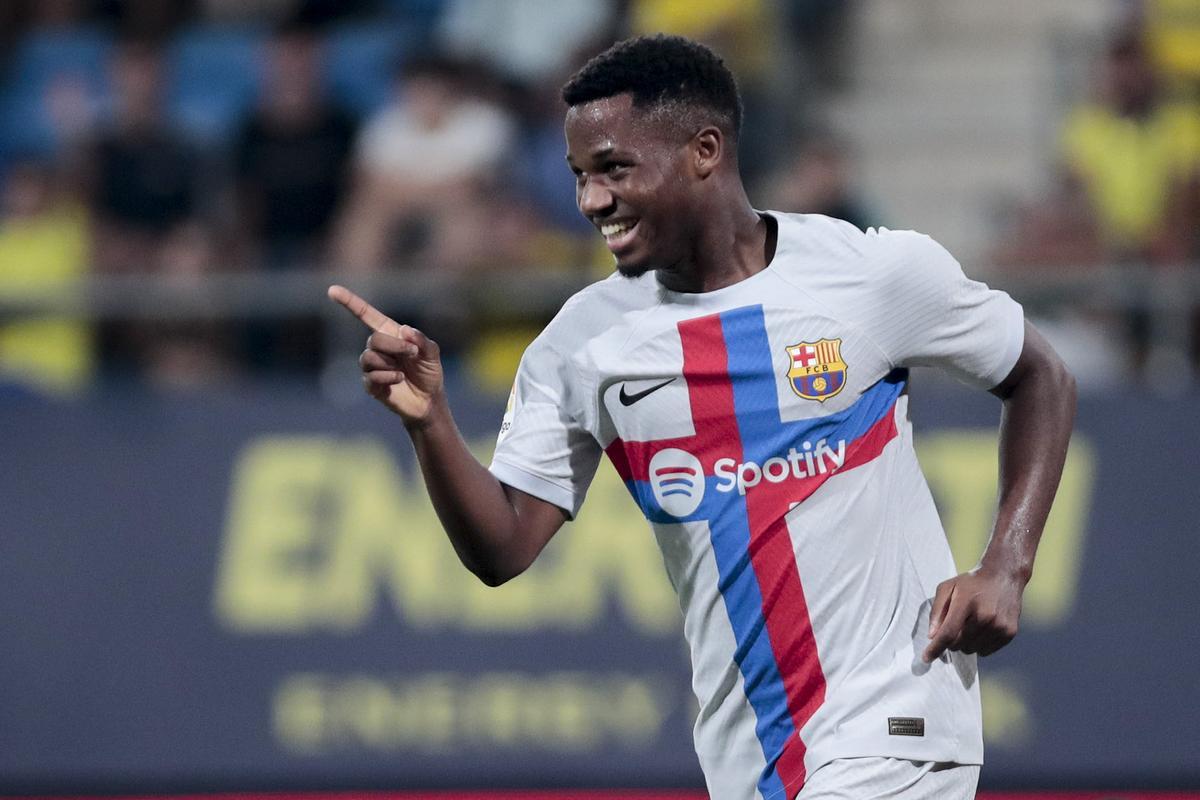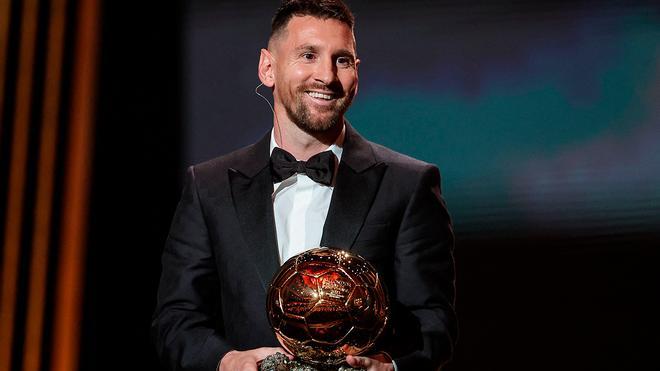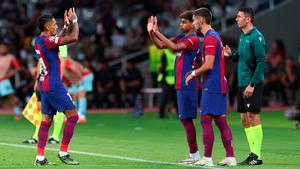Ansu’s return part two: The GPS and what it shows
The forward is being tracked in many ways by the club in terms of performance
It goes without saying that the synergy between Xavi, his technical team and Dr. Ricard Pruna and his medical staff must be perfect. Of course. After the injury, everyone's goal has been to get Ansu Fati ready to compete at the right level prior to his injury. For this, he must be prepared physically and mentally. In the case of Ansu, everything is especially more sensitive given the precedents. Having said what has been said and seen what has been seen, let's ask the million-dollar question: how is Ansu?
Physically, he’s almost ready. As everything is calculated, it can be said that in terms of power and resistance, Ansu's values are close to those he had before the injury. However, when it comes to speed he still has room for improvement and therein lies the problem. As we have already mentioned, hamstring injuries come in moments of acceleration, deceleration or sprinting which, in the case of the Barça striker, can account for 75% of his actions.
At the end of the games he usually has discomfort, even small ones, which advises prudence. It seems that the muscle, after conservative treatment, needs more time to oxygenate well and, given the possibility of a new rupture, it is choosing to go more slowly than desired. And this, to Ansu, is affecting him because he is not a starter and because playing so little he cannot fulfil his objectives at Barça or in a Spain national team that is gearing up for the impending World Cup.
Xavi, aware of the data, is also tryng to protect the footballer emotionally. The season began with the idea of having Ansu again as a real option. Thus, the coach treated him as a super sub on the first day, against Rayo, and in the second game, against Real Sociedad, with the game poised at a draw each time.
He didn't change anything against the Madrid side but he did against the Basques, with a goal and two assists that suddenly revived the Cules. But given the reality of the data and to avoid stress in the face of complicated match situations that could harm the player's emotional state and cause a new muscle injury, his contribution in the rest of the matches - Valladolid, Seville, Cadiz and Elche - has always been with very favourable score line. Note that in Munich, with the score at 2-0 down, Xavi preferred to use Ferran earlier and give Ansu just 10 minutes.
GPS
We talk a lot about the data handled by Xavi and his staff being used to decide to give Ansu more or less minutes. We know that technology has been helping coaches for a long time through a GPS that footballers carry in their inner armpits both in training sessions and in matches. We know that these GPS’s offer a lot of individual and collective data and that, based on that and comparisons, the specialists can manage the health of the players well.
In the case of Ansu, a striker, they look at, for example, precise data on distances covered walking (from 0 to 0.2 m/s), walking fast (0.2-2 m/s), jogging (2-4 m/s). s), running (4.5-5 m/s), sprinting (5.5-7 m/s) and at the highest speed (+7 m/s); all this with possession of the ball or without it; acceleration and deceleration actions; number of sprints; areas and moments of the game, and everything else you can imagine.
The stats collected by the physical trainers, plus the data resulting from the medical tests that examine, for example, the power of the muscle, mark the degree of fatigue of Ansu's hamstring and the path to follow both in training and in matches.
Until now we have seen him more operating more towards the left wing than in the centre, but everything indicates that Ansu Fati will become a centre forward. It's a matter of time.
Topics with the letter






